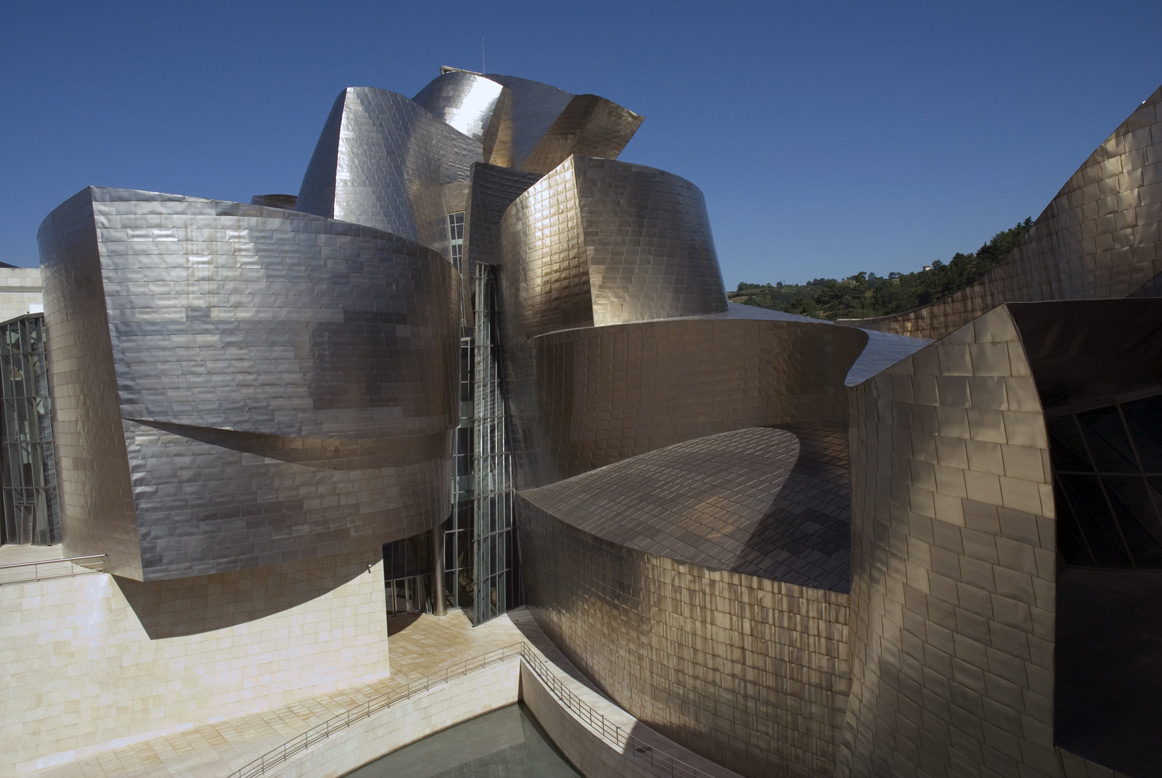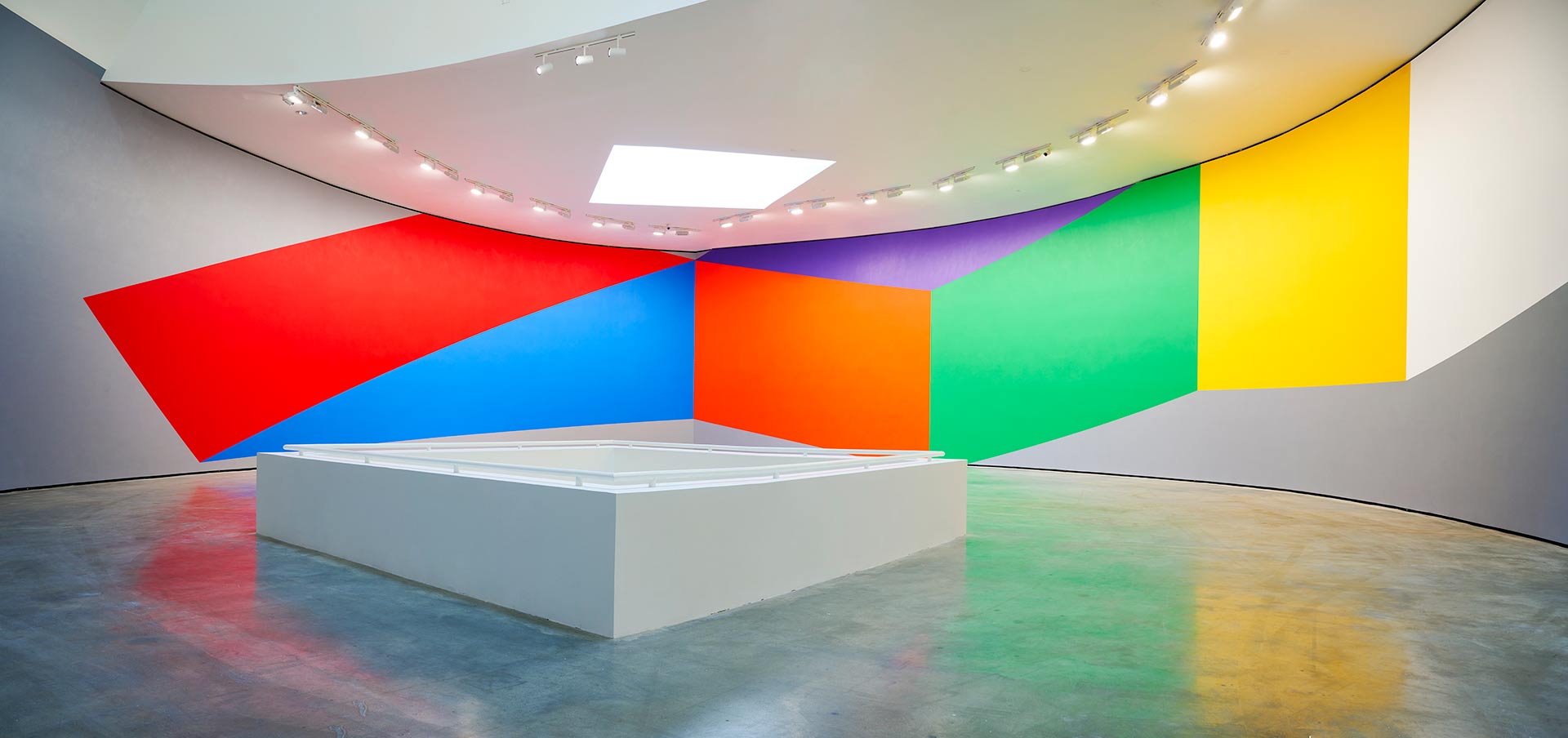
Temporary Exhibitions
The Guggenheim Museum Bilbao offers a dynamic program of temporary modern and contemporary art exhibitions that deepen our understanding of art today and give an overview of the international scene in art history.

Tarsila do Amaral: Painting Modern Brazil
February 21–June 1, 2025
Galleries 202 and 203 (level 2) host the retrospective dedicated to Tarsila do Amaral (1886-1973), one of the pioneers of Brazilian Modernism.
The exhibition follows her career, from the early works – academic sketches and landscapes under the influence of Impressionism – to the vibrant depictions of rural Brazil and scenes of urbanization from the 1920s.
Tarsila lived, studied, and worked in Europe for long periods of time. She spent a few years in avant-garde Paris, surrounded by experimentation and innovation in art, and embracing Cubism. Fragmenting forms to reframe her roots, she struggled to meet the expectations of the Parisian art scene while building a modern Brazilian identity rooted in a melting pot of cultures.
Back in Brazil, she strengthened her ties to the land and this inspired works like Carnaval in Madureira (1924), showing pre-colonial traditions and popular scenes in bright colors with geometric shapes. Later, her work became more critical and lyrical. Paintings like Workers (1933) depict the Brazilian reality in more sober shades, associated with the world of labor.
Tarsila do Amaral
Workers (Operários), 1933
Oil on canvas
150 x 205 cm
Acervo Artístico-Cultural dos Palácios do Governo do Estado de São Paulo, São Paulo
©Tarsila do Amaral Licenciamento e Empreendimentos S.A.
Photo: © Artistic-Cultural Collection of the Governmental Palaces of the State of São Paulo / Romulo Fialdini





